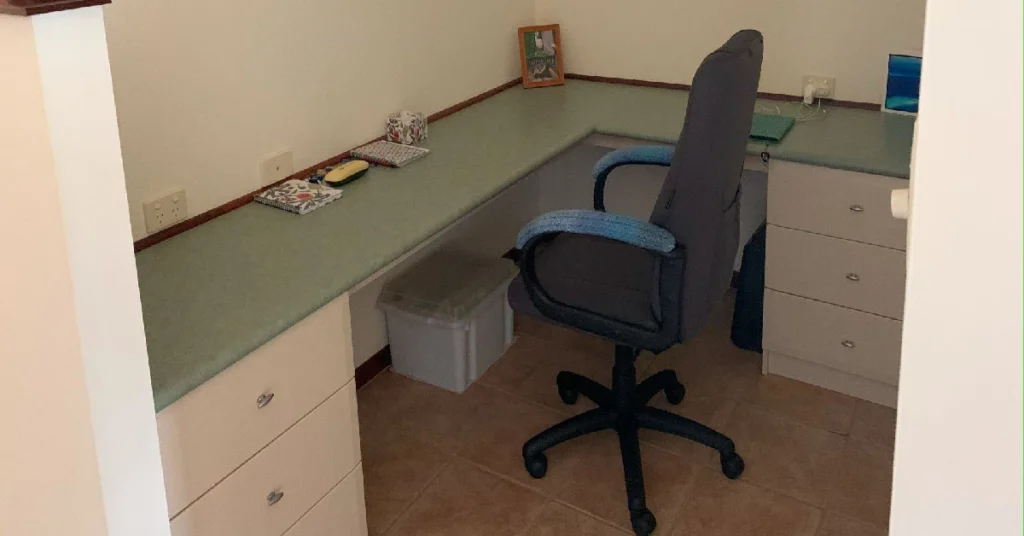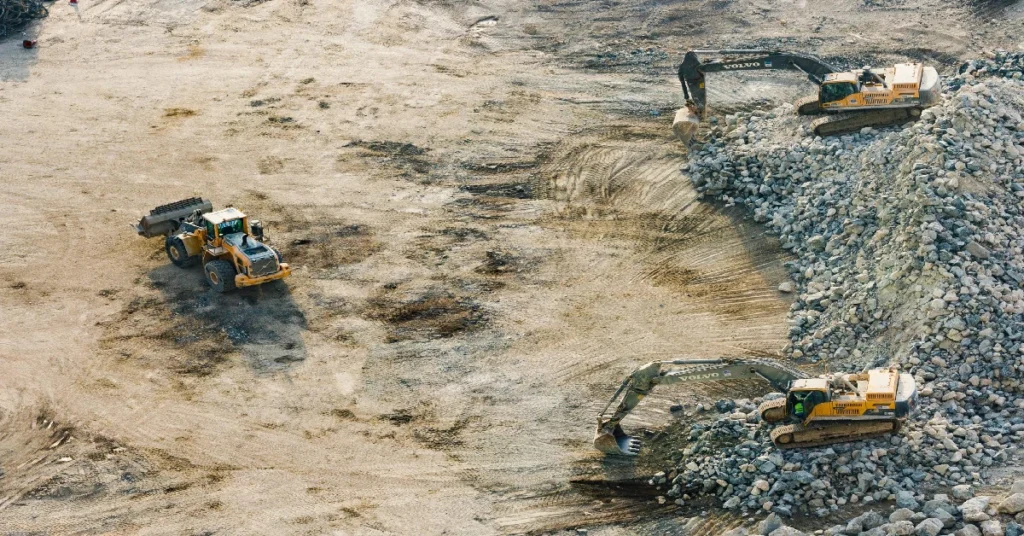Beyond the Bid
In the resourcing sector, tendering isn’t just about winning the next job—it’s about positioning your business to secure a pipeline of work that keeps your people on-site and your margins intact.
But here’s the problem: many operators treat tenders like one-off sprints. Get it in, get it done, move on.
That approach might win you the occasional job—but it won’t build a sustainable advantage. If you’re serious about growth, you need a long game. That means evolving from reactive submissions to a proactive tender strategy that sets you apart in an increasingly competitive market.
Here’s how.
1. Build a Reusable Core, Not a One-Off Response
Every tender in the resourcing sector might look different—but 80% of the content overlaps. Capability statements. Safety stats. Mobilisation plans. Training matrices. Case studies.
Advanced operators know this and invest in a modular bid library. This isn’t just a folder full of old responses—it’s a curated, up-to-date, compliance-checked toolkit that can be adapted quickly.
The result? Faster turnaround. More consistency. Less stress. And a team that can actually scale your tendering efforts without reinventing the wheel each time.
2. Shift from Features to Forward-Facing Outcomes
Buyers already assume you can provide qualified labour, manage logistics, and meet WHS standards. That’s the baseline.
What they’re really looking for is:
- How you reduce risk
- How you enable their productivity
- How your presence supports their ESG or Indigenous engagement goals
- What makes working with you easier (and safer) than your competitors
This means reframing your content. Not “we provide,” but “our approach results in…” A skilled tender writer can help reposition your responses around outcomes, not operations—and that’s where you start to stand out.
3. Data Is Your Differentiator
In a sector driven by performance, data is your proof.
Winning bidders back their claims with specifics:
- Injury-free hours
- Mobilisation lead times
- Crew retention rates
- Site-specific innovations
- Carbon offset metrics
If you’re not already tracking this, now’s the time to start. When evaluation teams are comparing near-identical offers, quantifiable outcomes are often the tiebreaker.
4. Influence the Opportunity Before It Hits the Portal
The most strategic resourcing companies aren’t just responding to tenders—they’re shaping them.
How? By:
- Developing relationships with procurement teams early
- Attending industry briefings and pre-market consultations
- Providing technical input on draft scopes
- Asking smart, proactive clarification questions once tenders are released
This doesn’t just improve your win rate—it can help shift scopes in a direction you’re better positioned to deliver.
5. Build Feedback Loops That Actually Improve Future Submissions
Too many companies hit submit and move on. But real strategic advantage comes from what happens after the decision.
Always request a debrief. Compare evaluation scores across tenders. Track which responses perform well and why. Document lessons learned. And—critically—feed that insight back into your next bid.
Over time, this creates a cycle of continuous improvement that increases both your capability and your confidence.
6. Partner With Experts, Internally or Externally
If you’re scaling, bid fatigue is real. Your operations manager doesn’t want to write another 20-page methodology on mobilisation logistics. Your business development lead is juggling too many hats.
That’s where a specialist tender writer or bid team comes in—either in-house or outsourced. A mature strategy includes internal alignment and external horsepower, so you can respond quickly, accurately, and competitively every time.
Ready to level up your approach to tendering?
Whether you’re looking to build a sustainable pipeline or refine your bidding strategy for the next big resource contract, it starts with shifting from tactical to strategic.
Let’s talk about what that could look like for your business.












